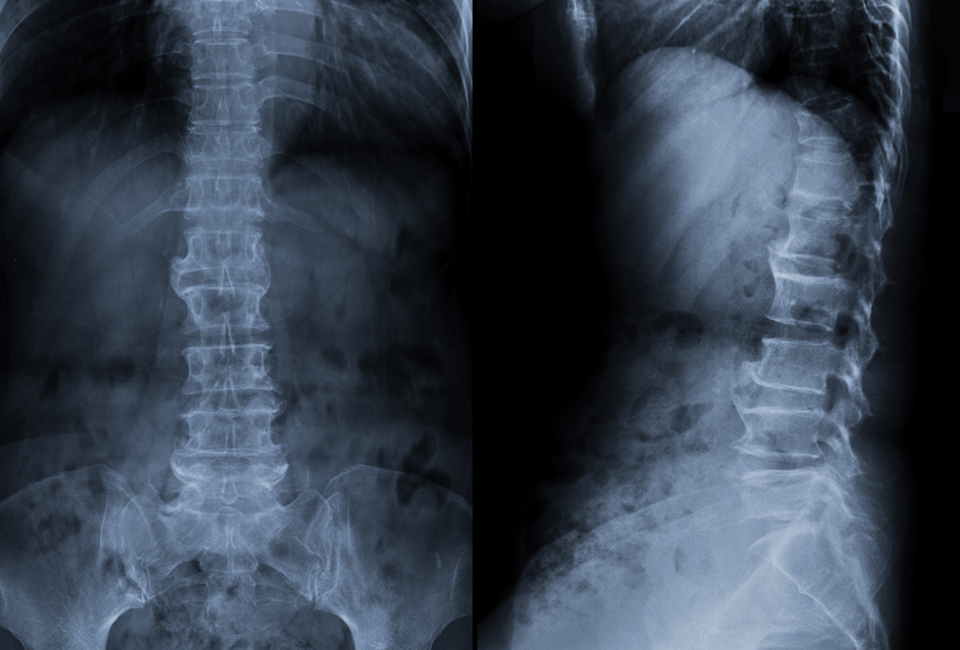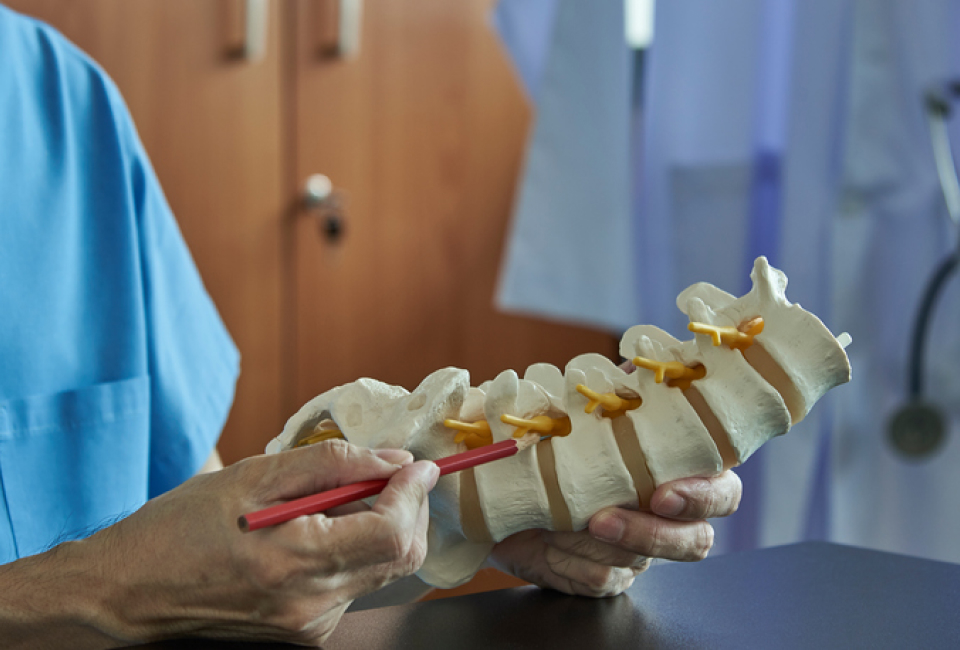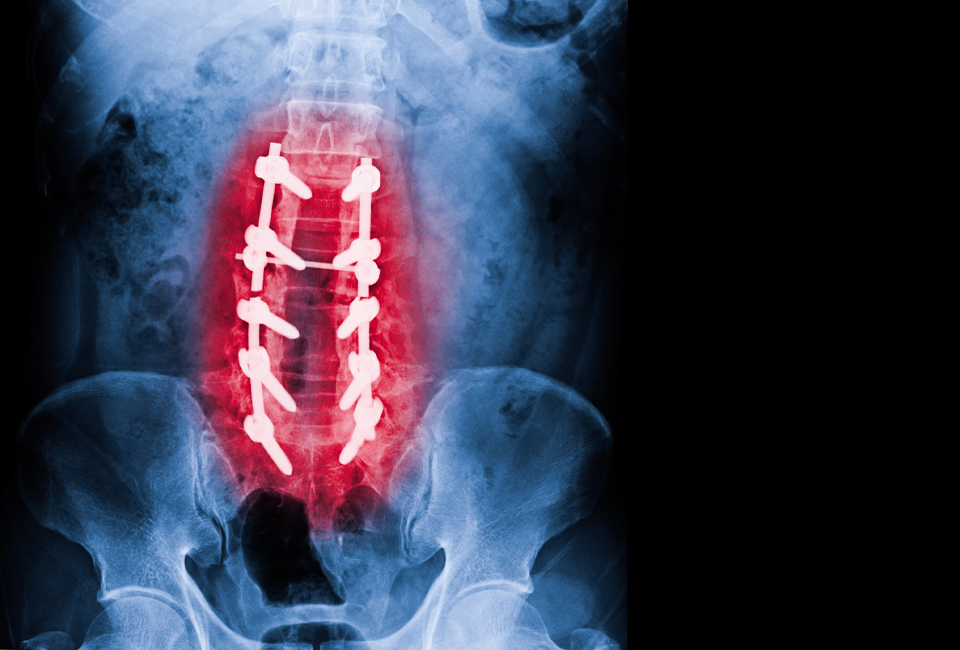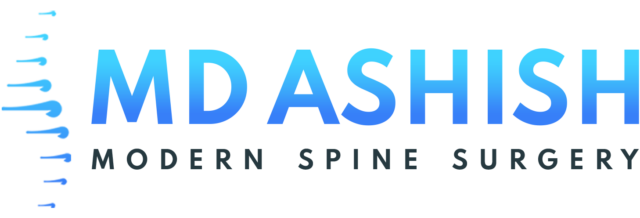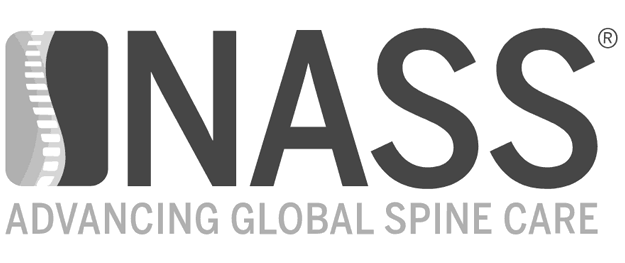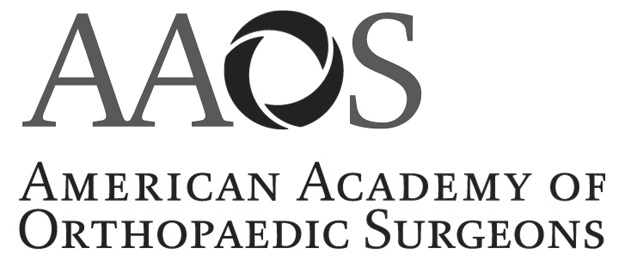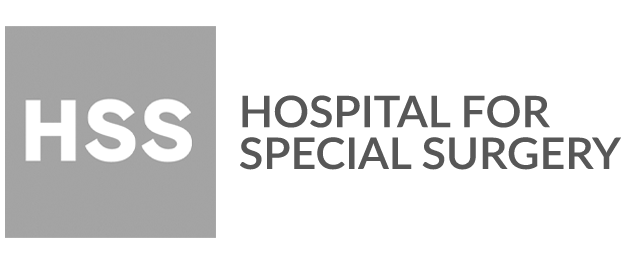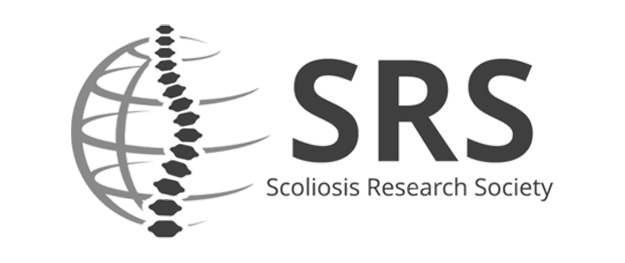CONDITIONS EXPLAINEDPediatric Spinal Disorders
CONDITIONS EXPLAINEDPediatric Spinal Disorders
Pediatric spinal disorders are relatively rare, but typically manifest in one of several more common presentations. Although most disorders involve congenital malformations that may be diagnosed even at birth, acquired defects may also occur, as well as defects that develop over the course of various associated syndromes.
Some of the more common pediatric presentations include:
- Chiari Malformation Types I and II – These malformations are characterized by herniation of the cerebellar tonsils downward through the foramen magnum of the skull. Usually not life threatening, but often symptomatic with headaches and cerebellar effects.
- Spina Bifida (Aperta, Oculta) – Failure of spinal cord to fuse completely.
- Lipomeningocele – Neural tube defect associated with accumulation of fat tissue near the spinal cord.
- Myelomeningocele – Congenital extrusion of spinal cord tissue through the vertebrae, a potentially life threatening condition.
- Scoliosis – Abnormal curvature of the spine.
- Split Cord Malformation – Congenital splitting of the spinal cord into two hemisections.
- Tethered Cord – A condition in which the spinal cord is “stuck” somewhere along its route through the spinal canal.
- Syringomyelia – A fluid-filled cyst develops in the spinal cord, and causes neurological symptoms associated with the level of the defect.
- Spinal Cord Tumors – Abnormal growths of the spinal cord and associated tissues which may cause neurological symptoms. Examples include meningiomas and neurofibromas. Tumors can be further divided into primary and secondary forms, depending on whether the tumor originated from the spinal tissues or metastasized from a primary site elsewhere in the body.
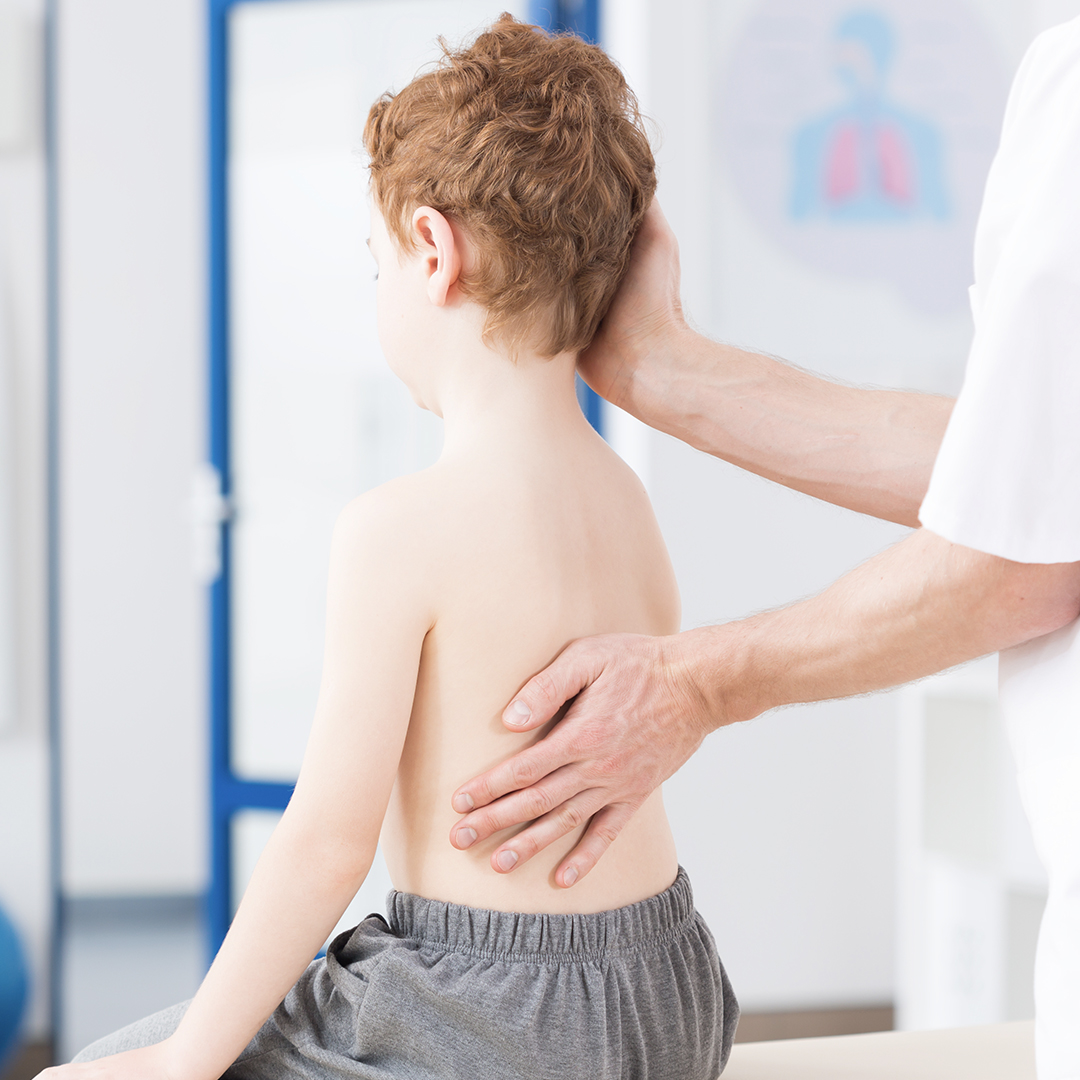
Pediatric spinal disorders are relatively rare, but typically manifest in one of several more common presentations. Although most disorders involve congenital malformations that may be diagnosed even at birth, acquired defects may also occur, as well as defects that develop over the course of various associated syndromes.
Some of the more common pediatric presentations include:
- Chiari Malformation Types I and II – These malformations are characterized by herniation of the cerebellar tonsils downward through the foramen magnum of the skull. Usually not life threatening, but often symptomatic with headaches and cerebellar effects.
- Spina Bifida (Aperta, Oculta) – Failure of spinal cord to fuse completely.
- Lipomeningocele – Neural tube defect associated with accumulation of fat tissue near the spinal cord.
- Myelomeningocele – Congenital extrusion of spinal cord tissue through the vertebrae, a potentially life threatening condition.
- Scoliosis – Abnormal curvature of the spine.
- Split Cord Malformation – Congenital splitting of the spinal cord into two hemisections.
- Tethered Cord – A condition in which the spinal cord is “stuck” somewhere along its route through the spinal canal.
- Syringomyelia – A fluid-filled cyst develops in the spinal cord, and causes neurological symptoms associated with the level of the defect.
- Spinal Cord Tumors – Abnormal growths of the spinal cord and associated tissues which may cause neurological symptoms. Examples include meningiomas and neurofibromas. Tumors can be further divided into primary and secondary forms, depending on whether the tumor originated from the spinal tissues or metastasized from a primary site elsewhere in the body.

Experiencing Symptoms of Pediatric Spinal Disorders?
Detection & Diagnosis
Pediatric spinal disorders can usually be diagnosed at birth, and will require follow up over the course of a person’s life. Some additional diagnostics can give additional insights into the nature of disease, and help physicians maximize the quality of treatment provided. Some include:
